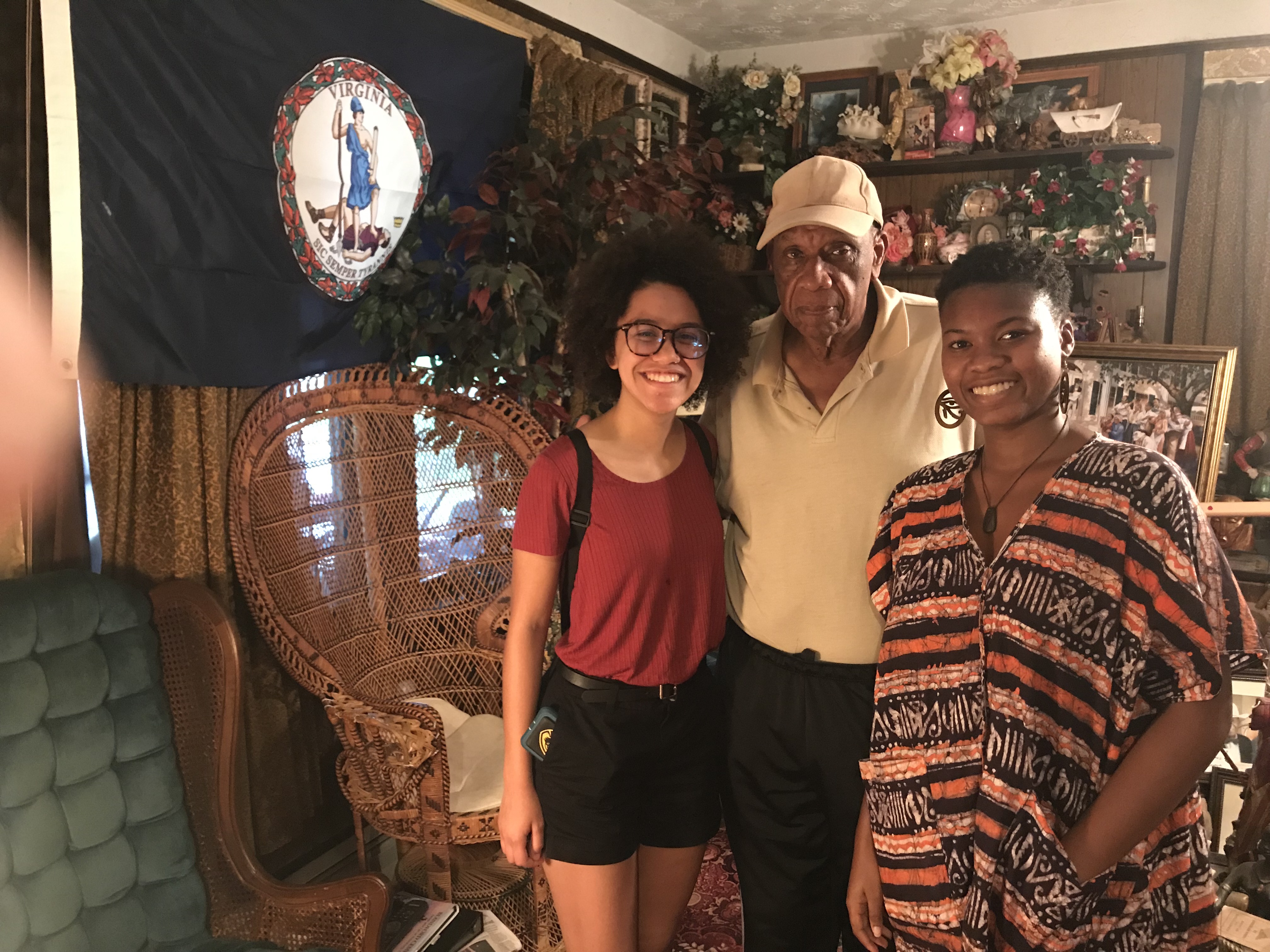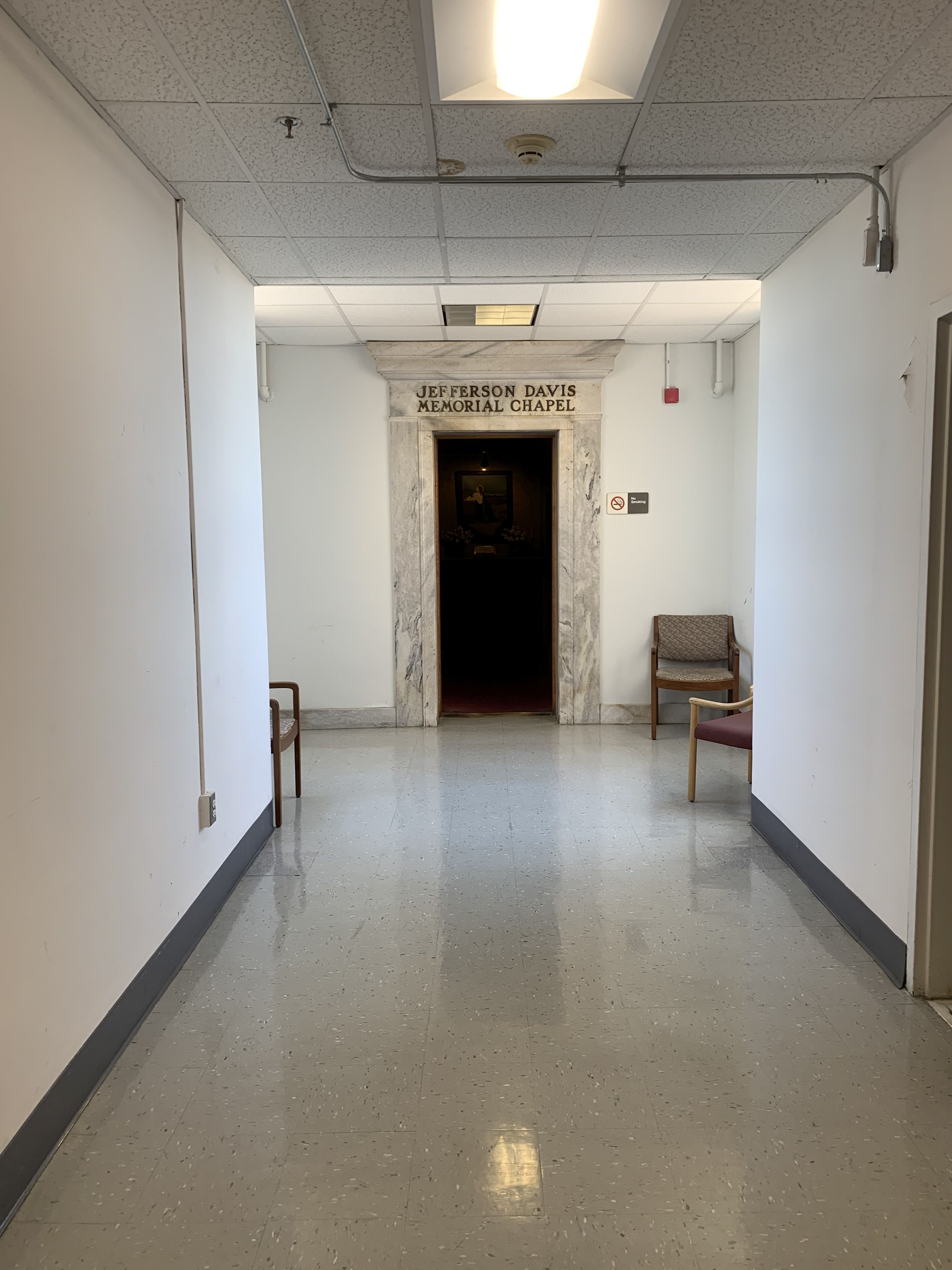by Johnnette Johnson
Johnnette Johnson is a rising senior from Marksville, Louisiana majoring in American Studies and French. Though her journey with the Race & Racism Project only began this summer, she has been involved in racial justice and community work since her matriculation at UR. A peer mentor and UR Downtown ambassador, when she’s not on campus or with family she’s out enjoying nature. She hopes to continue doing the work of commemorative justice and collective healing.

Every day, whether we realize it or not, we walk in the footprints of the past. When this truth is acknowledged and explicitly recognized, it has the potential to help us move forward with clarity and understanding.
The Pocahontas Island Black History Museum overflows with memories and artifacts, so much so that it sometimes felt like I would never see or understand everything. However, the rememories* that surface through conversation with museum founders Richard Stewart and Amanda Wyatt came to me with a clarity that I knew was connected to the land.

